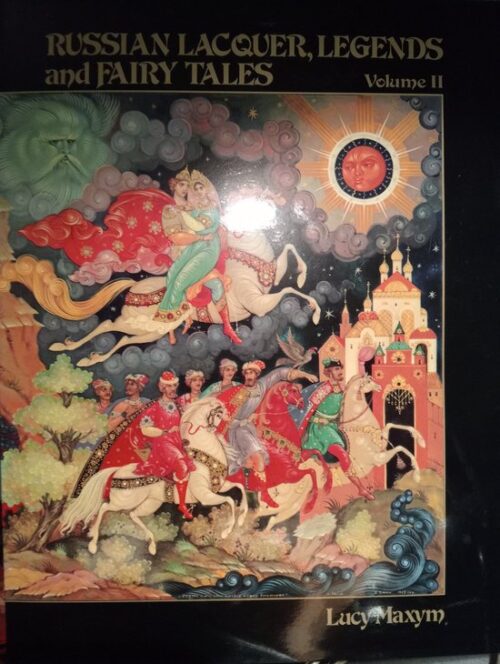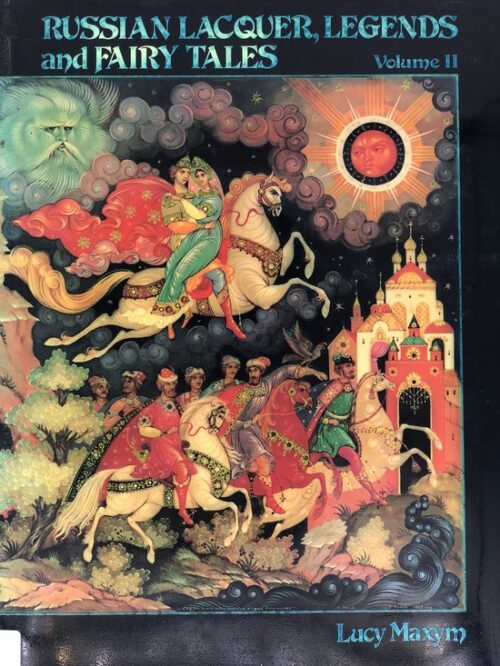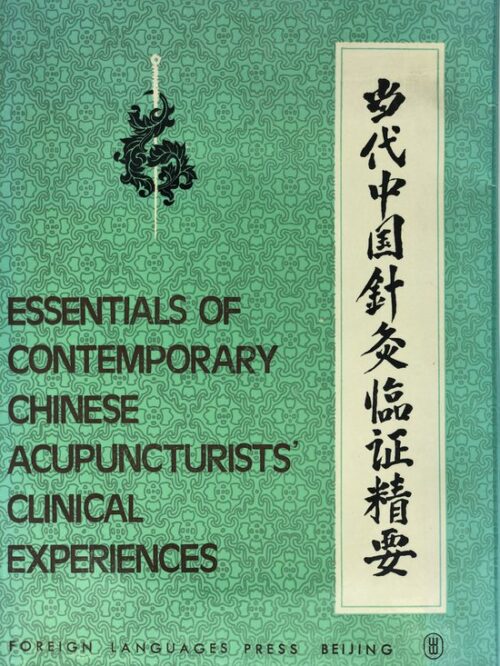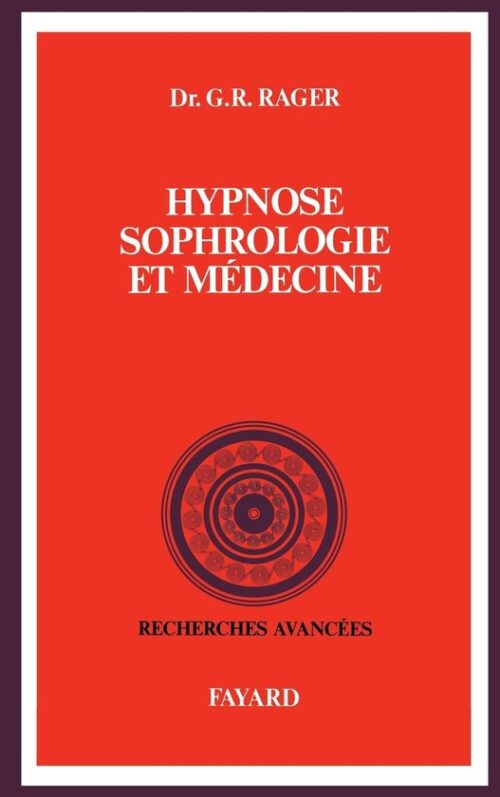Beschrijving
The book explores the advent and development of early portrait photography in India during the 19th century, placing these photographs within the broader context of colonial power, visual culture and identity. It demonstrates how photography served not only as a technological innovation but as a tool of representation, classification and control in the colonial encounter — shaping how, by whom and for what purpose the Indian subject was seen. In the following chapters the authors present a rich selection of photographs alongside critical commentary: studio portraits of Indian sitters, ethnographic “types,” photographs produced for export to Europe and images made for archival or museum collections. Each image is examined for what it reveals about the photographer, the sitter, the setting, and the social power dynamics embodied in the photographic act. The catalogue-form means the book also functions as an exhibition record, showing how museum-collections frame and mediate “the colonial eye.” Finally, the book invites reflection on legacy and ethics: how these early visual practices continue to influence contemporary perceptions of South Asia, the archive, representation and identity. Photography is shown as a historical medium not only of documentation but of inter-cultural power, memory and transformation — thus the work appeals to historians, scholars of visual culture and general readers interested in how seeing and being seen were entangled in the colonial period.







Beoordelingen
Er zijn nog geen beoordelingen.